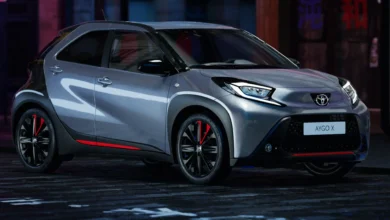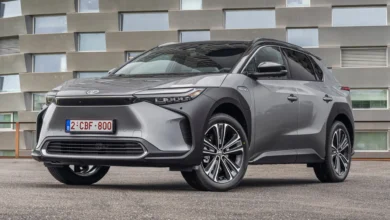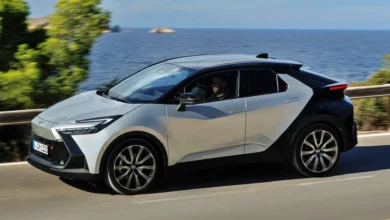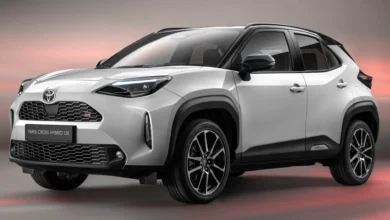
In the space of a few years, the automobile industry has taken a turn and has redoubled its commitment to a niche technology that was repeatedly rejected as viable: electric cars. It is a solution with more than 100 years of history that makes more sense than ever, but there are doubts that it is the correct approach, especially if everything is bet on the same box.
This is the position defended by manufacturers such as Toyota, proposing that the correct solution for each client does not have to be unique, indeed, it may not be the most convenient to preserve the environment and combat CO 2 emissions. Gill A. Pratt, Chief Scientist at Toyota and CEO of the Toyota Research Institute, has given an interview to Autocar that you should read with an open mind.
Pratt defends at various points in the interview that it is necessary to opt for the most appropriate technology for each case, based on the assumption that a single solution is not for everyone. For example, depending on the electricity generation mix, the state of the recharging network, or the price of cars, electric cars are not suitable for everyone. This is irrefutable evidence. As a counterweight, it must be said that they serve more and more people, but not 100% of the drivers.
You’re probably wondering what a photo of a Tesla Model X paints here. It turns out to be one of Mr. Pratt’s household vehicles, specifically the one driven by his wife, who averages 50 kilometers a day. The Model X batteries are left over everywhere, and all that is left over involves weight and accumulating raw materials in the same car that could be used in many others, Pratt gives the example of eight plug-in hybrids like the Toyota RAV4.

How do solve the dreaded autonomy anxiety? Charging more batteries per vehicle, although fast charging is postulated as another possibility to satisfy the customer. Pratt worries that the mining industry’s supply capacity to make so many batteries is insufficient, but also what the environmental cost of doing so is going to be. Let us remember that it is not an activity free of environmental damage, nor is everything done with “first world” standards.
While the chief scientist considers the Norwegian success story to be a model to follow, it is not universalizable. He cites Eastern Europe as a counterexample, where the Norwegians’ natural resources are not abundant (a lot of renewable energy is available), nor is the recharging infrastructure up to par, nor are car prices easily affordable. It is a “small detail” that Norway is a rich country.
Mr. Pratt does not deny anthropogenic climate change or downplay its importance, but emphasizes the most effective way to reduce emissions on a case-by-case basis, and without forcing consumers to purchase one technology over another -due to regulatory restrictions-. Hence Toyota’s stubborn commitment to investigate the viability of hydrogen fuel cells and even use clean gas in adapted combustion engines, even if it is somewhat less efficient from an energy point of view.
Toyota has recently teamed up with other companies in Japan to investigate the use of hydrogen in commercial vehicles, including thermal engines, as a way to reach the net and carbon-neutral emissions. It’s fine to keep the options open, but we should also remind the FCE reader that Toyota also has a lobbying stance that borders on going against electric cars. One of the arguments is the destruction of employment that the paradigm shift will entail.
Is there an excess of expectations about electric cars? It is a question that we must ask ourselves, Pratt invites us to reflect on it, but from a scientific perspective and not ideological or based on dogmas of faith. That the best response is decided by research laboratories and the market itself, not that it be imposed unilaterally -it is a message to European regulators-: «There is no single answer for everyone. I see the diversity of options as a strength rather than a weakness.
Gill Pratt believes that the real enemy is not a specific technology, but carbon dioxide. Moreover, he indicates with a very good judgment that one thing is to reduce emissions and quite another to reduce what has already been emitted, that is, negative emissions (carbon capture, photosynthesis, transformation into solid or liquid products, etc). It’s an interesting point of view, to effectively reverse climate change you have to reduce the concentration of CO 2, which has already exceeded 421 parts per million.
The interview is not very easy to read at its source due to the amount of publicity it has, although it is an affordable level of English for someone with a medium level. Surely Mr. Pratt is not right about everything, he leaves it as a possibility, but without a doubt, the exercise of personal reflection will not hurt anyone.





